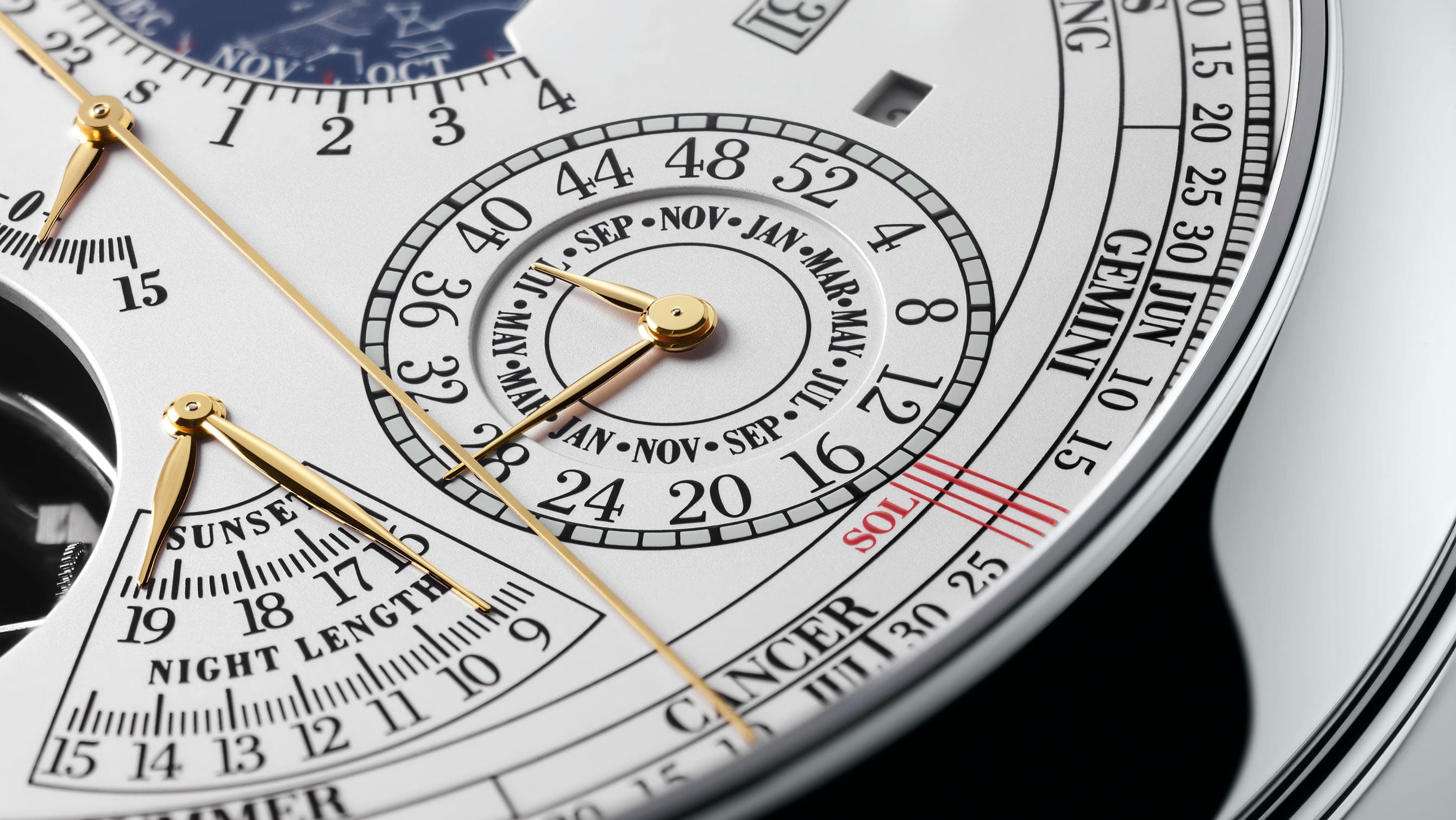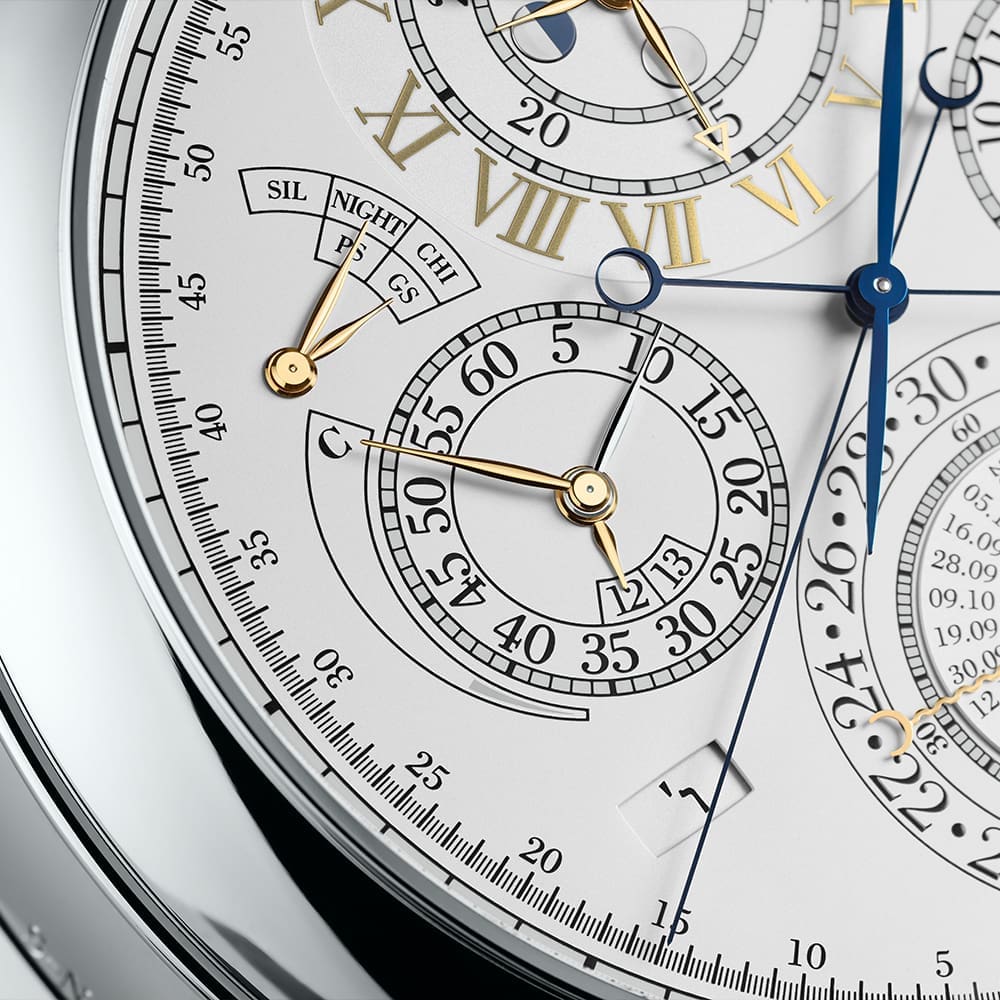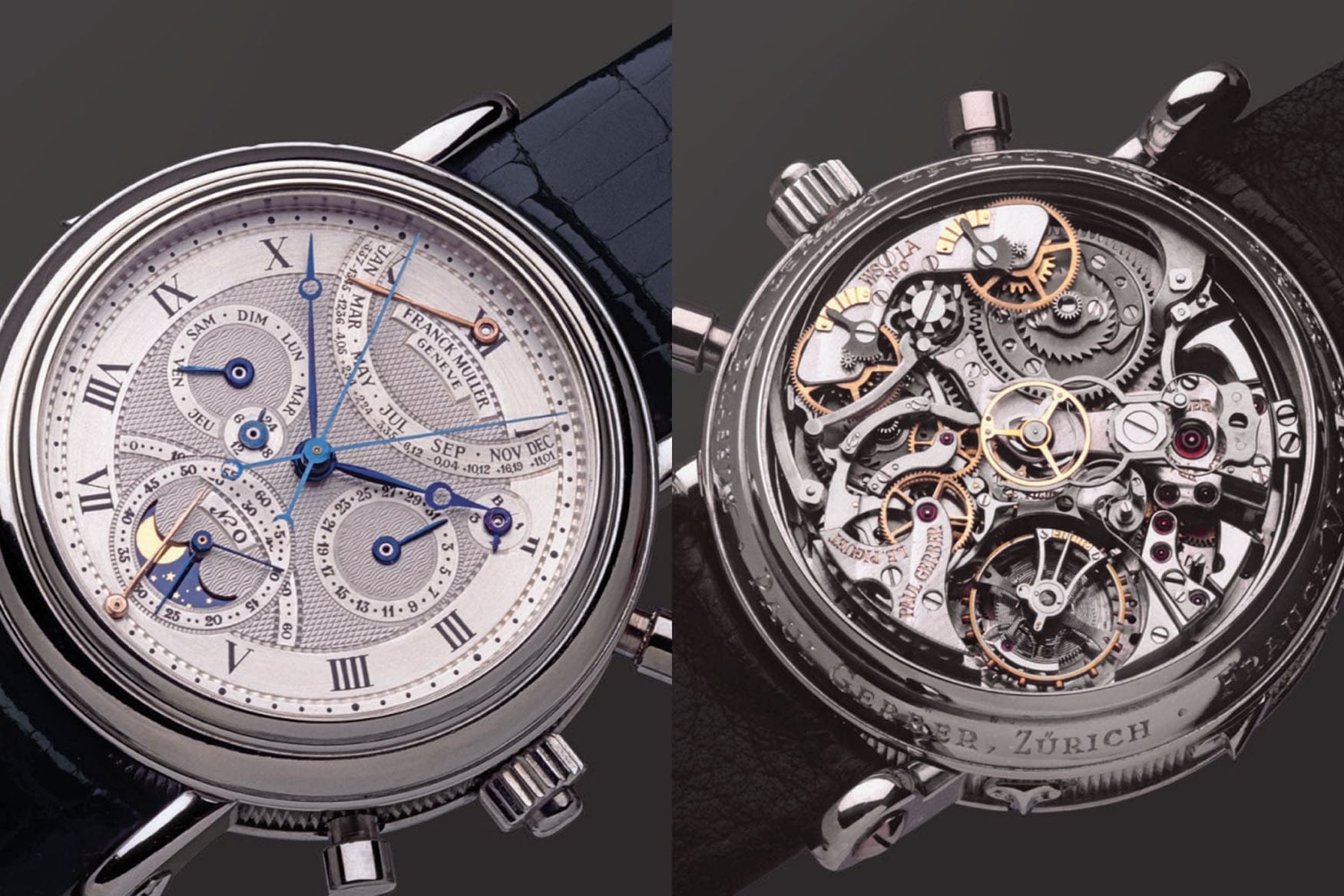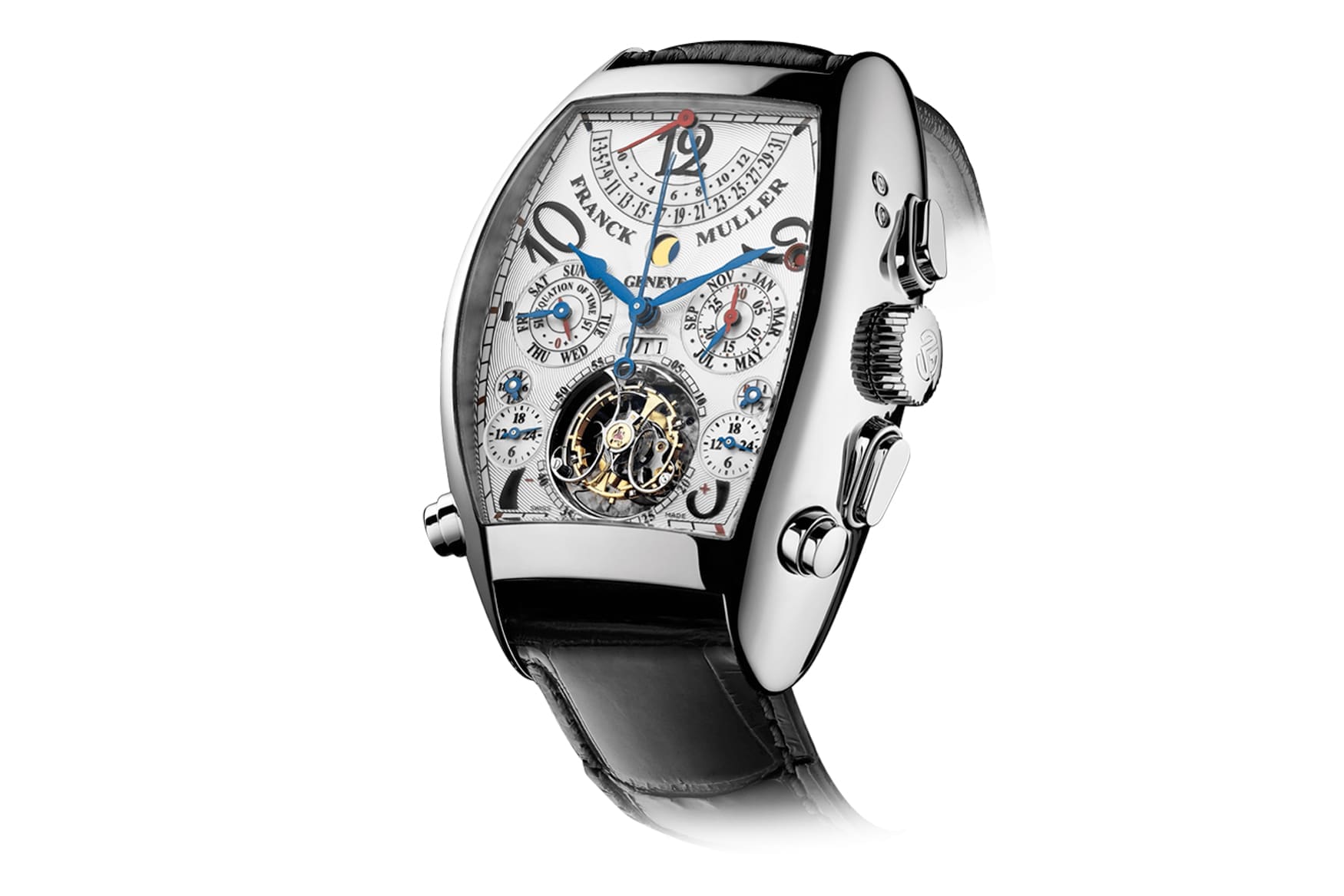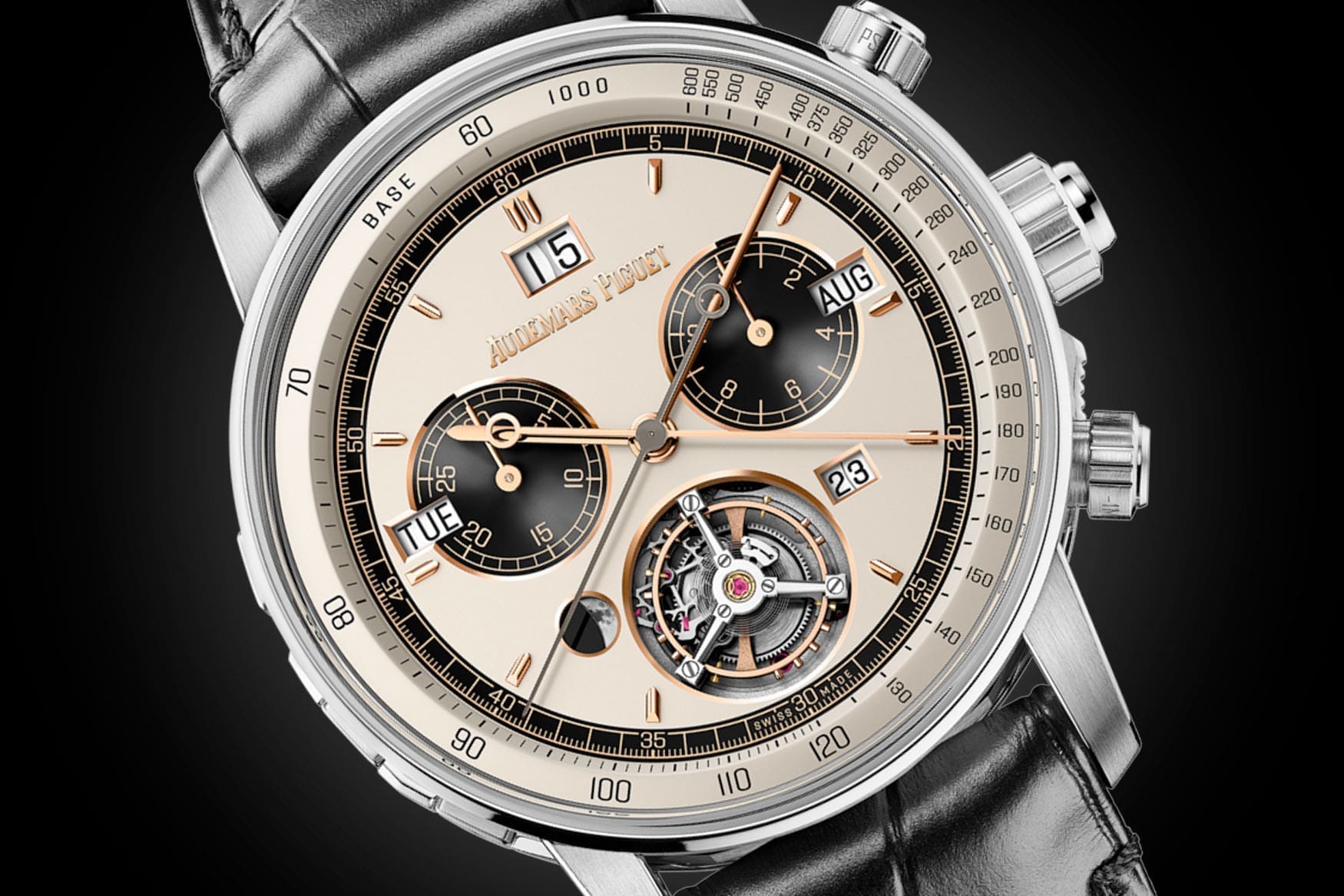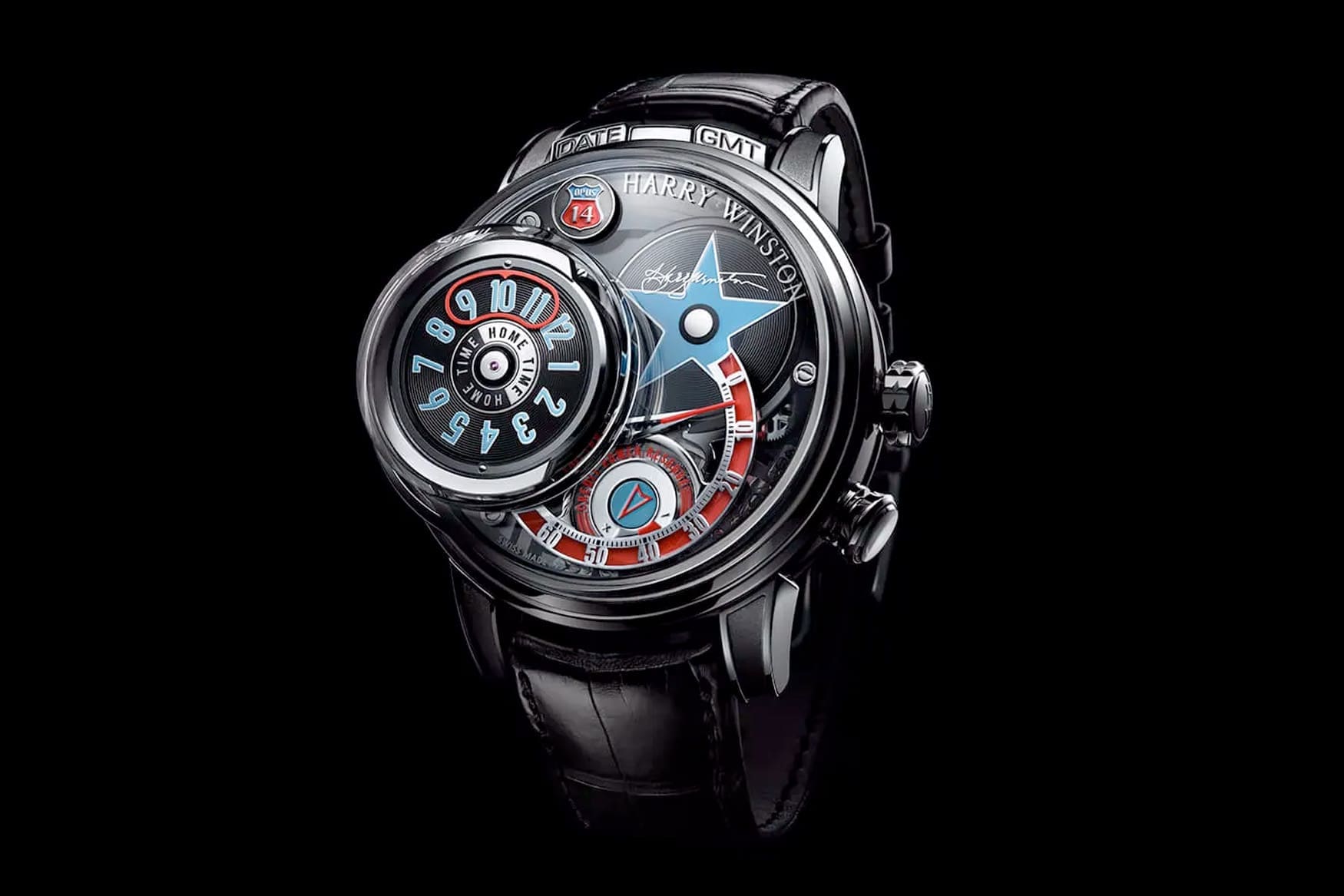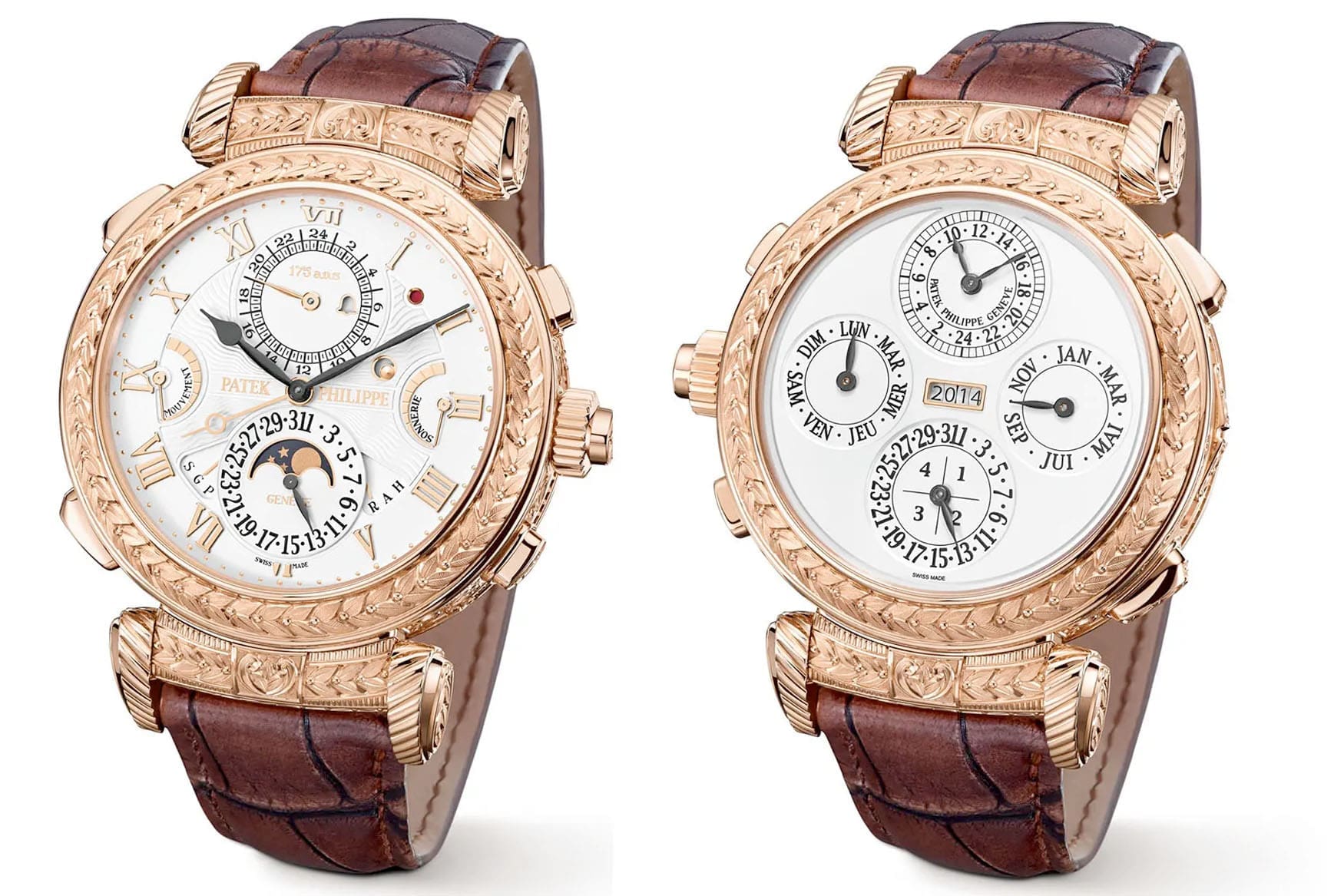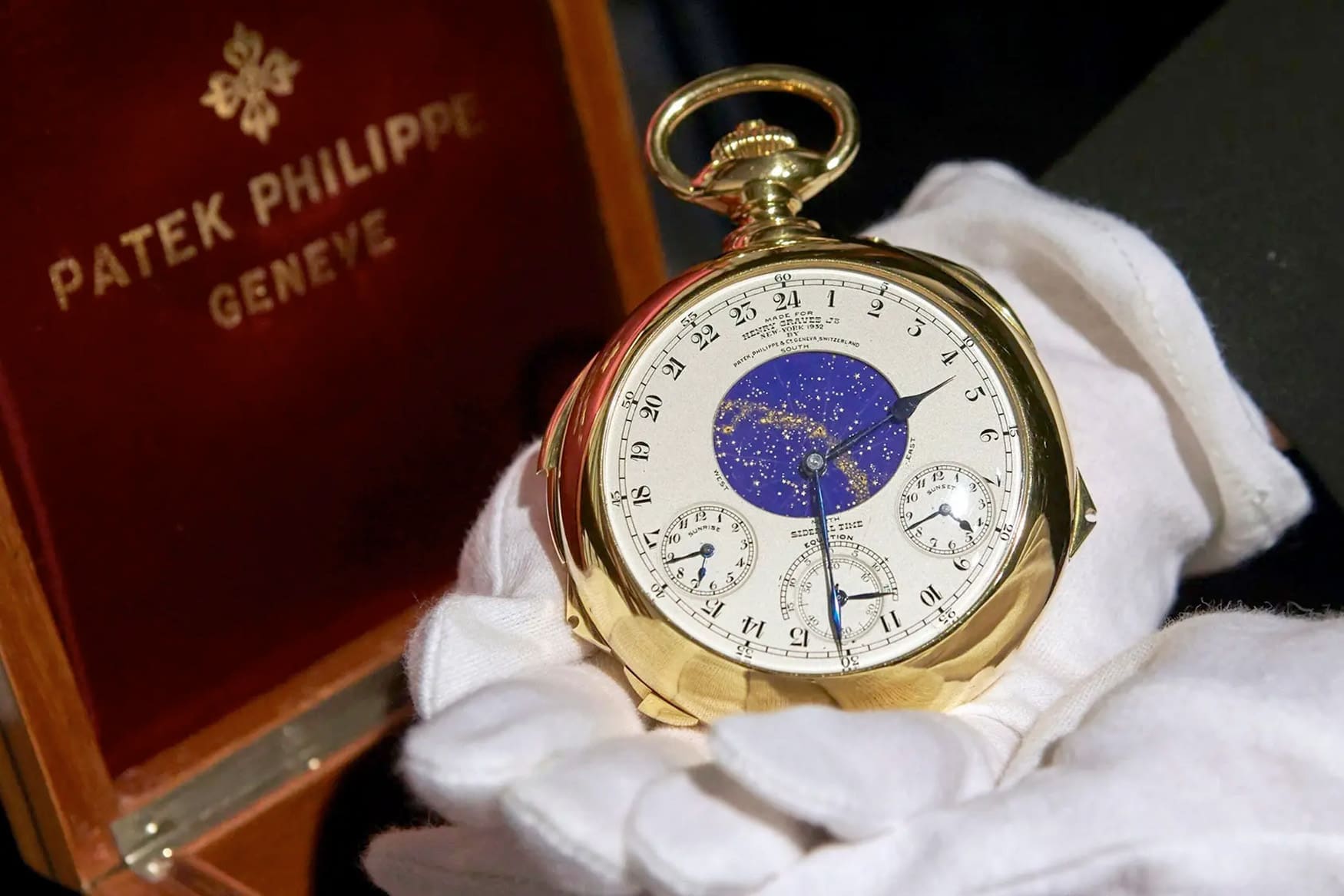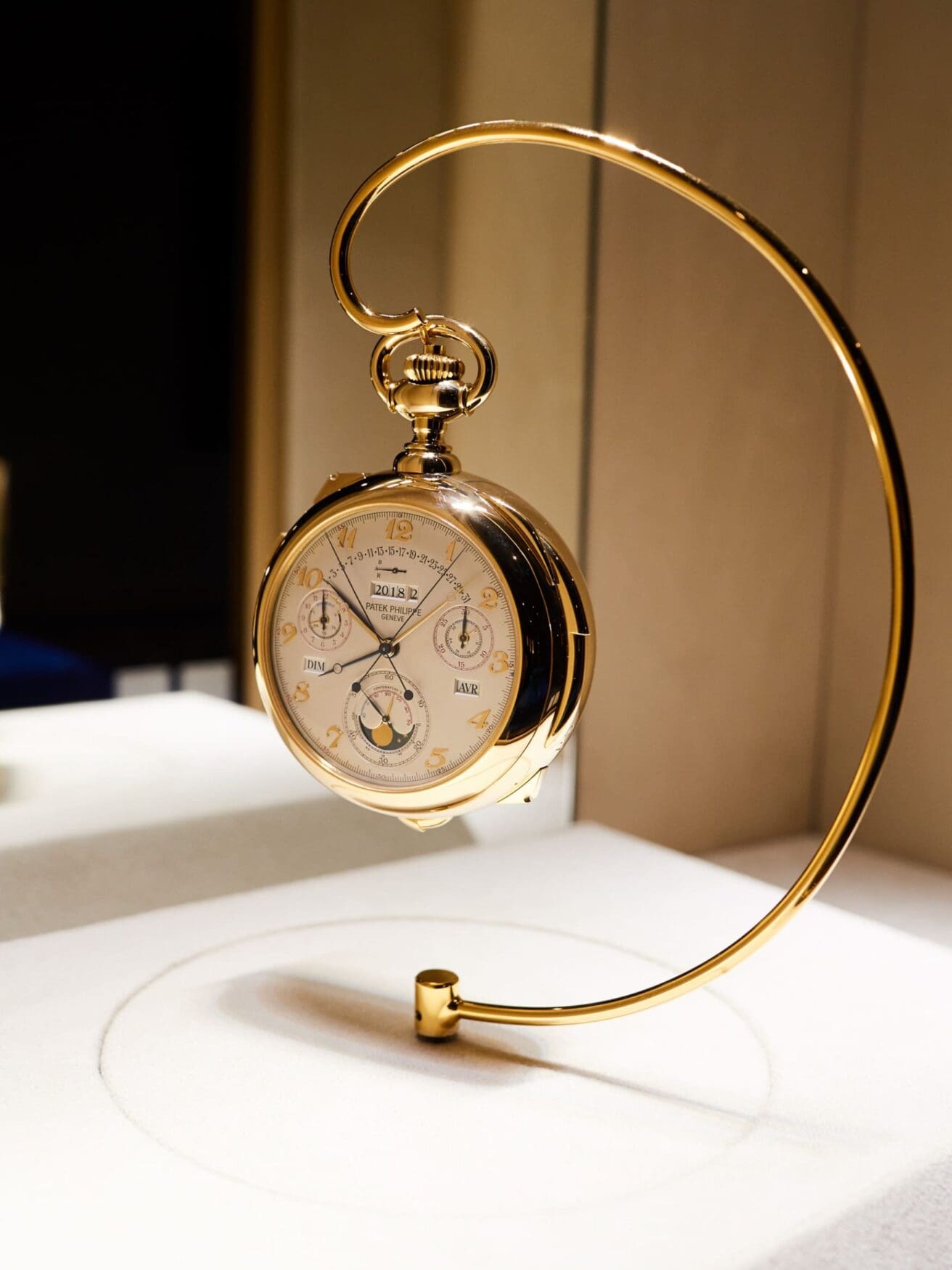Celebrating complication with the most complicated watches of all time
Tom AustinOver the last couple of centuries, we’ve seen all manner of technological advancements which have changed our lives day by day, and in the last couple of decades, things have accelerated exponentially. Some would argue that these advances have rendered the mechanical wristwatch obsolete, a relic of the past which would fade away into obscurity, as our dependency on anything mechanical is replaced by digital alternatives. Remember the comments when Apple released their first watch in 2015? Explaining how this marked the end for the mechanical watch and how we would all be drawn away from cogs and springs over to silicon and constant OS updates. Well… they were right, with the Apple Watch becoming the most sold watch worldwide, taking the crown from the venerable Casio F-91W. Nevertheless, the mechanical watch continues to captivate enthusiasts, and remains the luxury choice with no signs of slowing down. The 20th century and beyond was incredible for the wristwatch, with some of the biggest advancements made in horology, among which have come some of the most technically complicated watches ever made. Let’s showcase some of the most complicated watches in history.
Superbia Humanitatis
As any great artist or engineer may tell you, some creations are rarely absolutely finished. This is certainly the case for the Superbia Humanitatis, which has quite a story. It’s a 130-plus-year-old watch, which has spent most of its lifespan under constant modification, with rigorous devotion from two Swiss master watchmakers. The Superbia Humanitatis, or “Pride of Mankind” began as one of three pocket watches created by Louis-Elisée Piguet in the late 1800s. Even at that point, it was no slouch when it came to complications, boasting 491 components, a minute repeater, petite et grande sonnerie, and a silence function, though it all but disappeared for around a century. Resurfacing at Basel in 1992, the watch had undergone its first transformation at the skilled hands of Franck Muller, whose name adorns the dial to this day. Muller added a perpetual calendar, moon phase, equation of time, GMT function, and a thermometer (because of course he did) to the original movement, upping the part count to a heady 651 so far. The watch was also re-cased in a 39mm platinum case, and treated to an engine-turned silver dial.
The owner of the watch, a collector by the name of Willy Ernst Sturzenegger, decided that this wasn’t quite enough, and contacted Zürich-based Paul Gerber, the only watchmaker prepared to carry out his wild ideas. Preserving the watch’s proportions, escapement and tone of the sonnerie strike, Gerber was tasked with adding a flying tourbillon mechanism, a project which took a further three years, and an additional 121 components, bringing the running total to 772. Sturzenegger had more challenges for Gerber, deciding that the watch also needed a chronograph function (naturally) and so Gerber took on the task, adding a deadbeat-seconds chronograph mechanism, bringing the total number of components to a hefty 1,116, earning it a Guinness World Record in 2005 for the most complicated watch in terms of parts quantity. Shortly after, the watch was sold, and the new owner decided it still wasn’t good enough and had poor Gerber disassemble the movement and review the finish of every single component. Paul Gerber spent 23 years of his life working on this watch all in all, and has certainly seen more man-hours than possibly the rest of this list combined!
Franck Muller Aeternitas Mega 5
Sticking with Franck Muller, but this time, it’s a fully-fledged FM piece, their most complicated catalogue piece in fact, the Aeternitas Mega 5. With an incredible 36 complications and 1,483 components, considered by many to be the most complicated watch in the world. In many ways, it definitely is, considering that with 36 complications, that puts it above the Patek Philippe Calibre 89, which has 33, but below the Vacheron Constantin 57260, which has 57. However, the Mega 5 has a pretty astounding ace card up its sleeve, the very fact that you can actually wear it as a wristwatch. When watchmakers begin to squeeze complication quantities into the 30 plus, generally speaking, you’re into pocket watch territory – providing your pockets are big enough to carry one that weighs in at almost a kilogram. But Franck Muller has managed to somehow fit 21 hands on the tonneau-cased dial to display pretty much every complication you can possibly think of, including four hammers and chimes squeezed in to operate the carillon Westminster chime. If you’re lucky enough to be able to afford this staggering timepiece, make sure you keep it on a winder, because resetting it would be an unique challenge.
Audemars Piguet Code 11.59 Ultra-Complication Universelle RD#4
I sometimes see questions about why Audemars Piguet deserves to be in the watchmaking Holy Trinity, because, to the passing enthusiast, they just make different variations of the Royal Oak, right? Wrong. AP’s latest research and development watch boasts a total of 23 complications incorporated into the new AP Calibre 1000 movement – a self-winding, split-second chronograph, which features a perpetual calendar and flying tourbillon just for starters. Impressively squeezing 1,155 components into a 42×15.5mm Code 11.59 case, the RD#4 has taken seven years to develop, introducing a minute repeater with grande et petite sonnerie with silent modes, with all 40 functions of the watch operated through the 3 self-positioning crowns. Produced in four variations, including black or beige dials, or the more technically appealing open-worked white gold or pink gold versions, the RD#4 is certainly a contemporary piece, not looking to compete, at least visually with its complicated, traditional-looking alternatives from Patek Philippe. It’s clear that the RD#4 isn’t in any way a mass-produced commercial venture for Audemars Piguet, but rather a reminder, that they are indeed one of the best watchmakers in the world, their work honoured with the Aiguille d’Or at the 2023 edition of the GPHG.
Blancpain 1735 Grande Complication
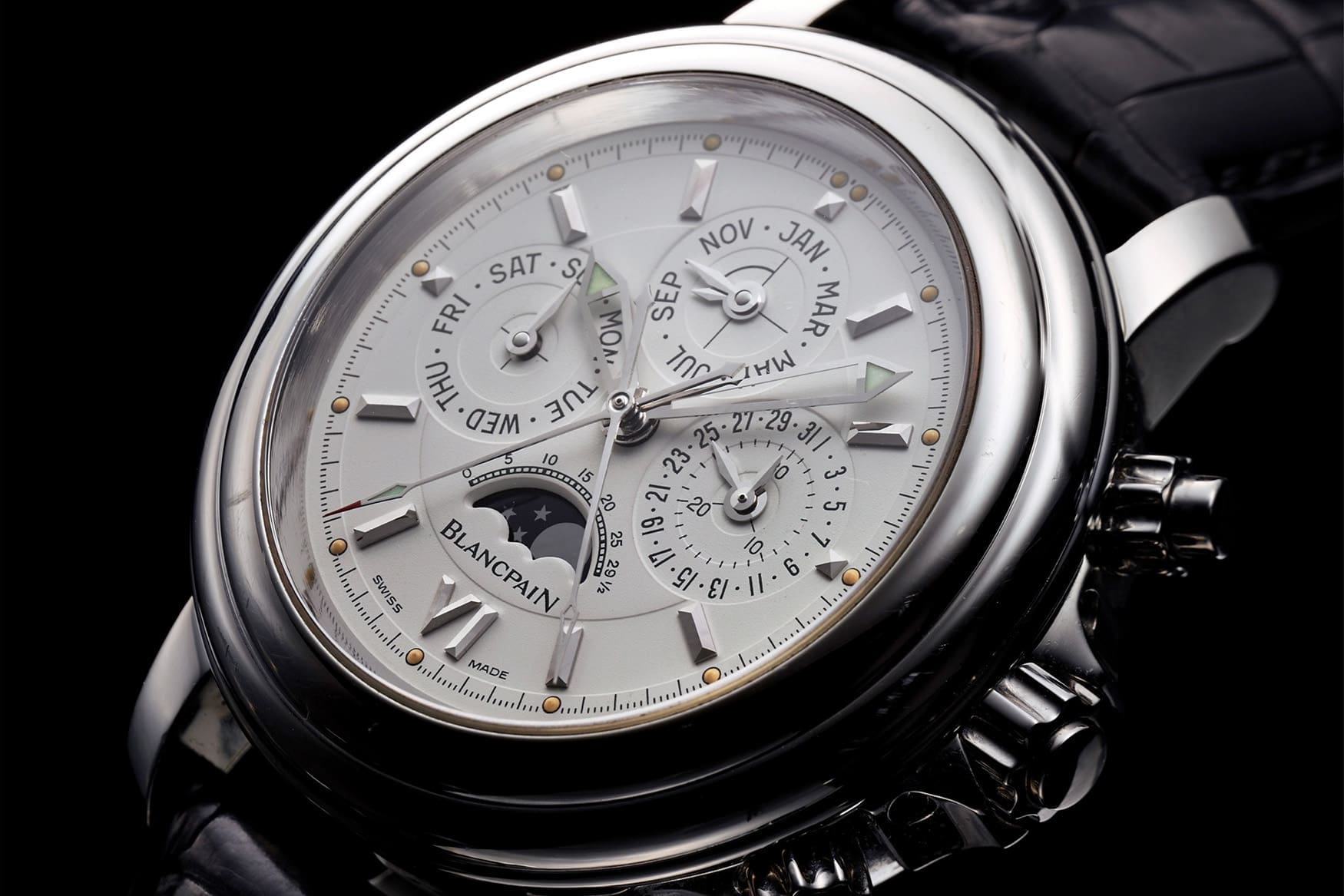
Presented to the world in 1991, the Blancpain 1735, named after the year the brand was founded, at the time was the most complicated watch ever made. Comprising of an ultra-thin movement, built with a perpetual calendar, moon phase, minute repeater, co-axial split-second chronograph, and tourbillon, it represented the epitome of Blancpain’s watchmaking prowess. Encased in 42mm of platinum, with hand-engraved 18k white gold movement plates and bridges, the watch was finished to extreme levels of perfection, repeated only 30 times for this limited run, the whereabouts of only a handful are known to this day. In total, each 1735 took over ten months of work to complete, with every inch of the movement being hand-finished, even down to the rotor with its hand-engraved clous de Paris embellishment. While it does adhere to grande complication standards, there are indeed watches out there with more complications and overall components, however, not many can compete with this level of finishing and design refinement. The 1735 contains 740 parts in total, each meticulously hand-finished, combined to create an ultra-sophisticated timepiece which embodies Blancpain’s devotion to the art of watchmaking.
Harry Winston Opus 14
I hope you’ve been working out, as you’re going to need to with the Harry Winston Opus 14. Crafted in 18k white gold and measuring a remarkable 54.7mm in diameter (yes you did read that correctly), the Opus 14 was released in 2015 as Harry Winston’s latest creation in the Opus series. Created by watchmakers Franck Orny and Johnny Girardin, it’s modelled on a playful take on ’50s Americana, taking inspiration from cars, and of course its unique miniature jukebox function for those old enough to remember what those are. This is a patented automation which shows alternating stacked discs, selected with a slider on the side of the case, showing either the GMT, date function or the Harry Winston star, just like ye olde jukeboxes would select your favourite Beach Boys records. Comprising of 1,066 components, the Opus 14 is an impressive feat of ingenuity and fun design, albeit in a massive package.
Patek Philippe Grandmaster Chime
Patek Philippe is widely regarded as one of the greatest watchmakers to have ever existed and is responsible for some of the most complicated and prestigious creations in all of horology. For their 175th birthday in 2014, the Swiss giants announced the remarkable Grandmaster Chime ref. 5175, a commemorative piece, consisting of only seven watches, of which it’s been said to take Patek Philippe over 100,000 hours to produce. Its 47.4mm gold case is ornately decorated to levels rarely seen on anything, let alone a wristwatch, and is enough to make the crown jewels look understated. The watch is so complicated that it needs two dials to display everything neatly, so Patek Philippe decided to work in a swivelling case, allowing you to enjoy both sides of the watch while it’s on the wrist. The exuberance doesn’t just cover the outside, oh no, inside the watch lives the incredible Calibre 300 – a hand-wound movement consisting of no less than 20 complications and 1,366 individual components. Listing everything this watch can do seems relatively pointless, as it can do practically everything – tell the time, chime the time, chime the date, indicate multiple power reserves, time zones and moon phases – the list goes on. I can’t wait to see what they bring for their 185th.
Jaeger-LeCoultre Reverso Hybris Mechanica Calibre 185
There’s something so effortlessly cool about the Reverso, in production since 1931 and unchanged in core design, it’s now a staple in the Jaeger-LeCoultre catalogue, and the brand wouldn’t be the same without it. That’s not to say that JLC are only known for the Reverso, because as it happens, they also know a thing or two about making movements. In 2021, the Reverso Hybris Mechanica Calibre 185 was unveiled, the world’s first four-sided watch, combining high-end complications and the classic, rectangular, and flippable Reverso. 11 complications have been packed into a larger version of the Reverso case, which I think we can forgive them for, each function displayed on the usual dials we might see on a Reverso Duoface, but it doesn’t end there. JLC also made use of the additional real estate provided by the cradle of the main outer case. Using a secondary gear train, there are the synodic, anomalistic, and draconic lunar cycles in full display, along with a further moon phase portion on the caseback. That’s just the things you won’t see all that often. Up front, we have a flying tourbillon and perpetual calendar display, and on the second dial, there’s a minute repeater. The fact that JLC has managed to fit 11 complications into a 51.2mm x 31mm white gold case is quite astonishing, and let’s not forget, their perpetual calendar only needs adjusting every 1,111 years. This is pretty phenomenal stuff, and comes with an equally phenomenal price of US$1.6 million.
Patek Philippe Henry Graves Supercomplication
Ok, now things are getting serious. In the late 1920s, it’s rumoured that a silent battle between two exceedingly wealthy watch collectors was roaring. Automobile tycoon James Ward Packard had commissioned a particularly complicated watch to be made, however, viciously wealthy banker Henry Graves Jr. had other ideas, and commissioned Patek Philippe to create the most complicated watch ever. He overcame his rival in 1933 when he received the Henry Graves Supercomplication. Consisting of 24 complications made up of 920 individual parts and encased in a whopping 74mm-wide gold case, the watch weighs over half a kilogram and is technically still referred to as a pocket watch, despite needing deep pockets in every sense of the word. The featured complications include a perpetual calendar, moon phase, twin chronographs, sunrise and sunset indicators, Westminster chimes, two faces, and a full celestial chart of the sky as viewed from New York City – to name a few. Only one was ever made, and for many years it was considered the most complicated watch ever made. Since Graves’ death, the watch has changed hands four times, last sold at Sotheby’s for a record-smashing US$24,000,000 in 2014.
Patek Philippe Calibre 89
Not content with creating other extremely complicated pocket watches, marking their 150th anniversary in 1989, Patek Philippe introduced their latest record breaker, the Calibre 89. This time, the Swiss maison had managed to bring together 1,278 individual components to produce a total of 33 complications in a solid gold case weighing a staggering 600 grams. Just when you thought there were no other functions to be crammed in a watch, Patek succeeded in including all manner of obscurities such as a barometer, altimeter, thermometer and lunar orbit tracks, along with the usual grand comp suspects. Boasting so much gold along with so many functions would surely command an epic sale price at auction, however, despite being offered at multiple auctions in the last decade, it has yet to meet its reserve price. Perhaps one day it will, and with it, take another record. It stood as the most complicated watch ever made for some time until overthrown in 2015 by the next watch on this list.
Vacheron Constantin 57260
The current king of complications, the Vacheron Constantin ref. 57260 is a double-dialled horological masterpiece. It took three master watchmakers a total of eight years to complete, using the classic principles of watchmaking, combined with 21st-century ingenuity from Vacheron Constantin. Unveiled in 2015, the watch exhibits a total of 57 complications. Some of the most impressive among them are the double-retrograde rattrapante chronograph, which until this watch was created, had never previously existed, allowing for two separate times to be precisely measured within any given minute. Constructed in 18k white gold, the giant 98mm “pocket watch” weighs a remarkable 957 grams. Considering there are 2,826 parts, however, it’s hardly a surprise. The hand count totals 31 spread across the two dials, each placed with the utmost accuracy so as not to look too crazy, if that can be a thing with a watch like this. The watch managed to earn Vacheron Constantin 12 patents during its creation, while also employing some VC classics, like the tourbillon outlining a Maltese cross every 15 seconds. To properly appreciate the scale and complexity of this watch, below is its full list of complications for anyone who might be wondering what on Earth they could be.
All 57 complications of the Vacheron Constantin 57260, because why not
Time
1. Regulator-type hours, minutes and seconds for solar meantime
2. Visible spherical armillary tourbillon regulator with spherical balance spring
3. Armillary sphere tourbillon
4. 12-hour second time zone hours and minutes
5. Indication for 24 world cities for world-time
6. Day and night indication for the 12-hour world-time
Perpetual calendar
7. Gregorian perpetual calendar
8. Gregorian days of the week
9. Gregorian months
10. Gregorian retrograde date
11. Leap-year indication and four-year cycle
12. Number of the day of the week (ISO 8601 calendar)
13. Indication for the number of the week within the year (ISO 8601
calendar)
Hebraic perpetual calendar
14. Hebraic perpetual calendar with 19-year cycle
15. Hebrew name of the day
16. Hebrew name of the month
17. Hebrew date indication
18. Hebrew secular calendar
19. Hebrew century, decade and year
20. Indication for the number of months in the Hebraic calendar year
(12 or 13 months)
21. Indication for the Golden Number with 19-year cycle
Astronomic calendar
22. Indications for the seasons, equinoxes, solstices and signs of the
zodiac with “sun” hand
23. The sky chart (calibrated for the city of the owner)
24. Sidereal time hours
25. Sidereal time minutes
26. Hours of sunrise (calibrated for the city of the owner)
27. Hours of sunset (calibrated for the city of the owner)
28. Equation of time
29. Length of the day (calibrated for the city of the owner)
30. Length of the night (calibrated for the city of the owner)
Lunar calendar
31. Phases and age of the moon, one correction every 1,027 years
Religious calendar
32. Indication for the date of Yom Kippur
Three-column-wheel chronograph
33. Retrograde 1/5 of a second chronograph (one column wheel)
34. Retrograde 1/5 of a second rattrapante chronograph (one column wheel)
35. 12-hour counter (one column wheel)
36. 60-minute counter
Alarm
37. Progressive alarm with single gong and hammer striking
38. Alarm strike/silence indicator
39. Choice of normal alarm or carillon striking alarm indicator
40. Alarm mechanism coupled to the carillon striking mechanism
41. Alarm striking with choice of grande or petite sonnerie
42. Alarm power-reserve indication
Westminster carillon striking functions
43. Carillon Westminster chiming with five gongs and hammers
44. Grande sonnerie passing strike
45. Petite sonnerie passing strike
46. Minute repeater
47. Night silence feature (between 22:00 and 08:00 hours – hours chosen by the client)
48. System to disengage the striking barrel when fully wound
49. Indication for grande or petite sonnerie modes
50. Indication for silence/striking/night modes
Further functions
51. Power-reserve indication for the going train
52. Power-reserve indication for the striking train
53. Winding crown position indicator
54. Locking mechanism for the striking
55. Winding system for the double barrels
56. Hand-setting system with two positions and two directions
57. Concealed flush-fit winding crown for the alarm mechanism




